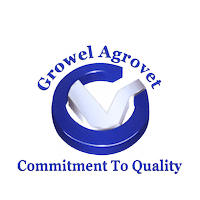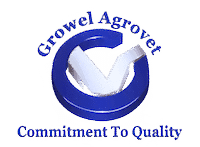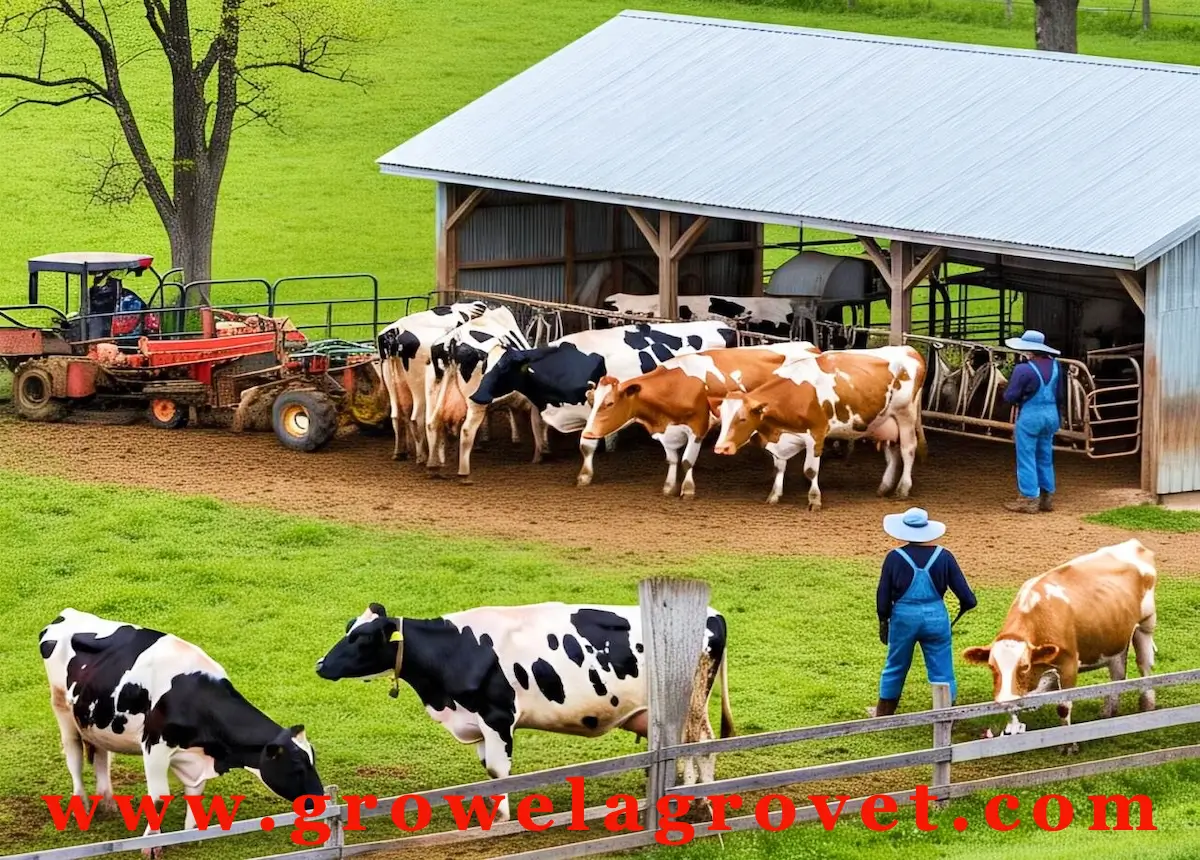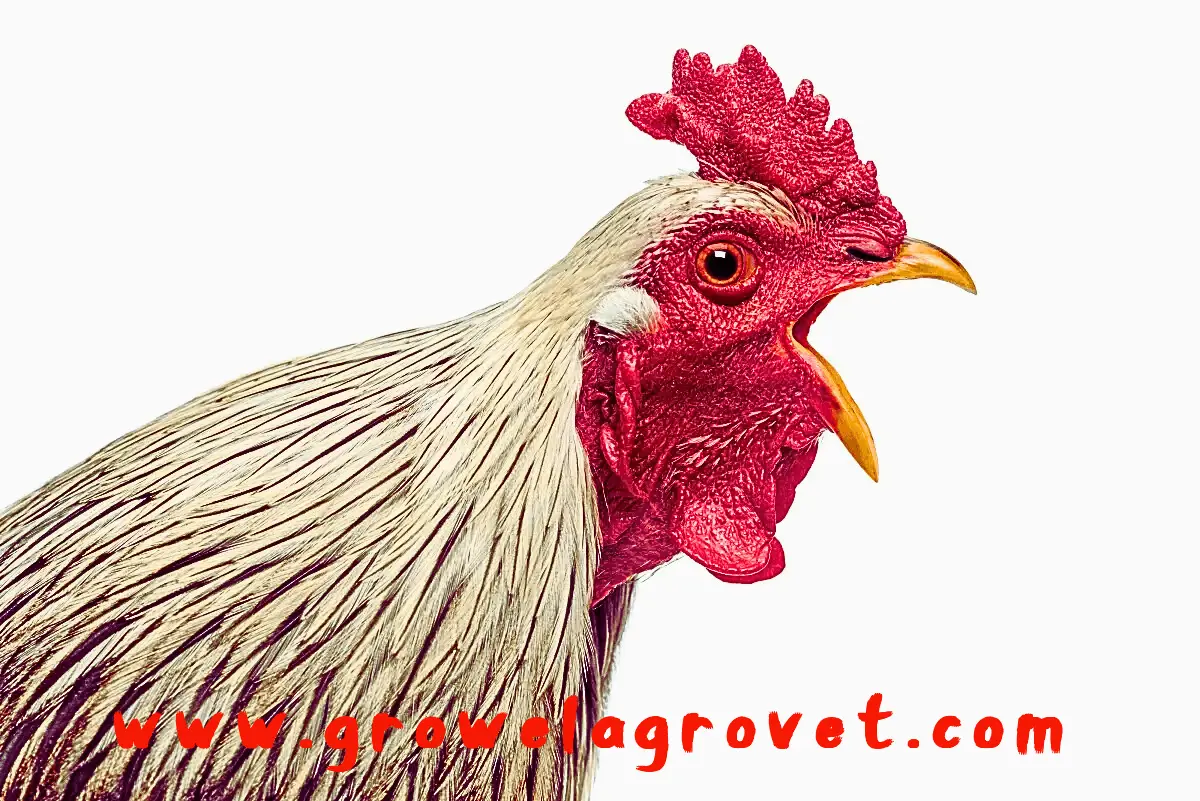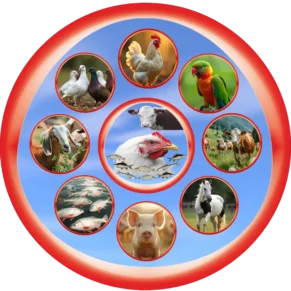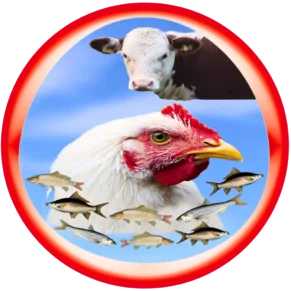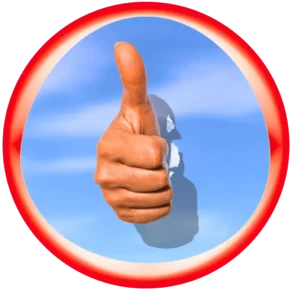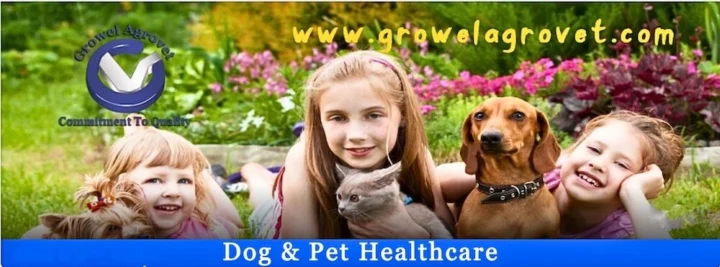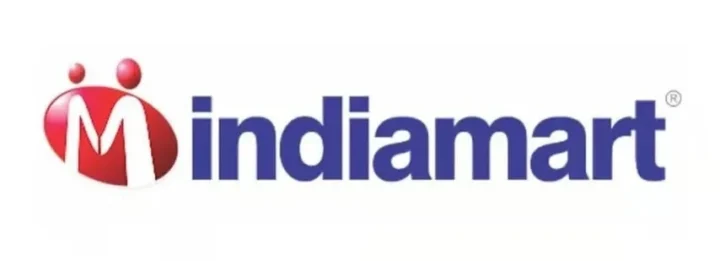 Cattle Feeding Costs keeping down is one of the way to improve your chances of making more money in the cattle farming business.Here are 10 suggestions,that how you can keep control of cattle feeding cost.
Cattle Feeding Costs keeping down is one of the way to improve your chances of making more money in the cattle farming business.Here are 10 suggestions,that how you can keep control of cattle feeding cost.
- Select Your Animal Carefully : If your animals are not performing at their peak, they are probably costing you money. Select the breed of cattle that best suit your needs. When you select healthy animals to start and provide a suitable environment and balanced diet, they will produce more for you naturally. Select breeds that complement and best fit your market. Develop a breeding system that best fits your management style and production goals.
- Cattle Feeding Purchase Cost : Purchase cost is often the largest single cost associated with a finished beef animal. Careful budgeting prior to purchase is extremely important in times of narrow margins. Good records of previous close-outs and past history of cattle from a source is useful in projecting cattle performance. Often the cheapest cattle may not be the most profitable depending on performance and efficiency. Use realistic cost and price projections when budgeting for new feeder cattle. Often periods of low prices and price volatility can create opportunities for the astute cattle buyer.
- Feed Testing Before Cattle Feeding : Feed testing will help to ensure that your winter forage will meet the nutritional needs of the cattle, but it is important to monitor wastage. If feed waste is high, animals are likely selecting a higher quality feed than the test indicated. If there is little waste, the feed test quality is likely accurate, but feed intake may be lower than predicted. It is important to regularly monitor intake and body condition to ensure that all nutritional requirements are being met.
- Alternative Feed-Stuffs of Cattle Feeding : Many feeders are searching for alternatives to high priced corn. Several commodity feeds can partially substitute for corn. Your best bet is to look locally for feeds that may have a transportation cost advantage in your ration. Wet by products have a limited economical transportation range. Some examples of alternative feeds that may be available locally include corn gluten feed, distillers grains, corn screenings, off-grade or discounted corn, other grains (wheat, barley, rye, milo, oats), bakery by products, and others. Commodity feeds that may partially substitute for corn include hominy feed, fat, and wheat midds. Prices of these feeds tend to fluctuate with the corn and soybean meal market. Also, alternative feeds vary in nutritional content and may have practical feeding restrictions. Contact your nutritionist to help make decisions relative to the substitution of alternative feeds.
- Feed Additive for Cattle Feed : Feed additive & feed supplements like Growlive Forte, Chelated Growmin Forte, and Amino Power will improve efficiency 20 to 50 percent, depending on the type of ration fed. As feed costs increase, the payback for improved efficiency is much greater.
- Minimise Feed Waste : Hay and grain should generally not be fed on the ground. There is considerably more feed wastage when feed is fed on the ground. Feeding on the ground can also spread diseases. All feed should be fed in feeders. You should favour feeders which minimise wastage and keep the feed clean and free from fecal or other foreign matter. Feeders can be built on the farm or purchased from commercial vendors. There are many different designs for feeders.If feed is limit-fed, there needs to be enough feeder space for all animals in the feeding group to eat at one time. Animals that do not get their fair share of feed because of lack of feeder space will end up costing you money, because their nutritional needs will probably not be met. It may be wise to cull animals that are too aggressive at the feeders or who won’t stay out of the feeders.
- Protein supplementation in Cattle Feeding : Recent research at Iowa State University has shown that high performance cattle, aggressively implanted and managed to perform at high rates of gain respond to higher levels of protein (13 to 14 percent crude protein). Before adopting the recommendation to increase your protein levels to these higher rates, carefully evaluate the cattle and management to determine if a response in efficiency is expected. Even if it is, there is a cost to feeding higher levels of protein that increases as feed costs increase. Carefully weigh all supplement decisions, but be careful not to create a deficiency.
- Mineral Supplementation in Cattle Feeding:Evaluate your mineral supplementation program. Are you feeding a protein supplement that is complete with minerals and supplementing minerals free choice? If your mineral is a free choice mineral, is it the right one? Phosphorous is one of the most expensive nutrients that is added to most mineral supplements. On a high-grain ration, supplemental phosphorous is likely not needed. Corn is a good source of phosphorous. Free choice mineral mixes or blocks for feedlot cattle should be high in calcium and low in phosphorous.
- Do the Little Things : Basic management that requires little more than time can pay big rewards in improving efficiency when feed costs are high. These include routine water maintenance and cleaning, feeding cattle at the same time every day, handling cattle to reduce stress (including heat stress), and maintaining quality control on feed ingredients.You should also read Calf Health Management
If you are into dairy or cattle related business & want to earn maximum profit in your business then please join our Facebook group How To Do Profitable Poultry & Cattle farming ?
A Double Power Cattle & Poultry Liver Tonic for preventing hepatic disorders – diseases and better FCR. Composition: Each 10 ml contains: Tricholine Citrate : 1500 mg Protein Hydrolysate : 100 mg Vitamin B 12 : 4 mcg Inositol : 10 mg Methyl Donors : 66 mg Selenium : 7 mcg Vitamin -E : 20 mg Biotin : 6 mcg Base enriched with liver stimulants- q.s. Indication & Benefits :
Dosage : For 100 Birds : Broilers : 8-10 ml. Layers : 10-15 ml. Breeders : 25-30 ml. For Cattle: Cow, Buffalo & Horse : 30-50 ml each animal per day. Calves : 20-30 ml each animal per day. Sheep, Goat & Pig : 10-15 ml each animal per day. Should be given daily for 7 to 10 days, every month or as recommended by veterinarian. Packaging : 500 m.l., 1 ltr. & 5 ltr. | An Ultimate Immunity Builder for Cattle & Poultry Composition : Each 10 ml contains: Vitamin – E : 35 mg Selenium : 10 ppm Glycine : 100 mg Amla : 30 mg Sodium Citrate : 25 mg Potassium Chloride : 5 mg Manganese Sulphate : 7.5 mg Zinc Sulphate : 8.0 mg Yeast Extract : 35 mg Vitamin B 12 : 3 mcg In a base fortified with immunoactive polysaccharides Indications & Benefits :
Dosages: For 100 Birds : Broilers : 10 – 15 ml Layers : 15 -20 ml Breeders : 25-30 ml For Cattle : Cow & Buffalo : 40-50 ml Goat,Sheep & Pig : 25-30 ml Should be given daily for 7-10 days or as recommended by veterinarian. Packaging : 500 ml 1 ltr. & 5 ltr.
|
